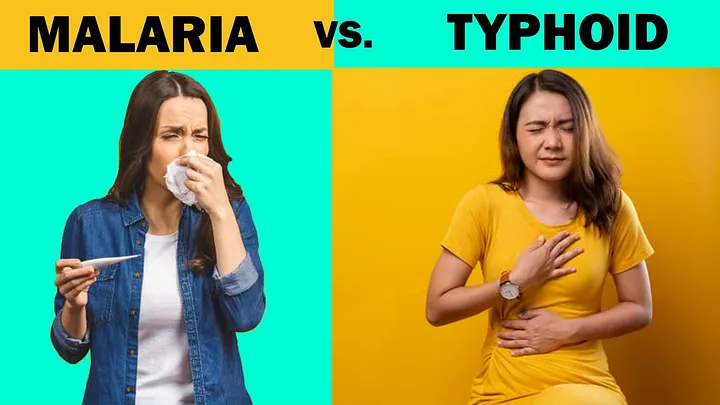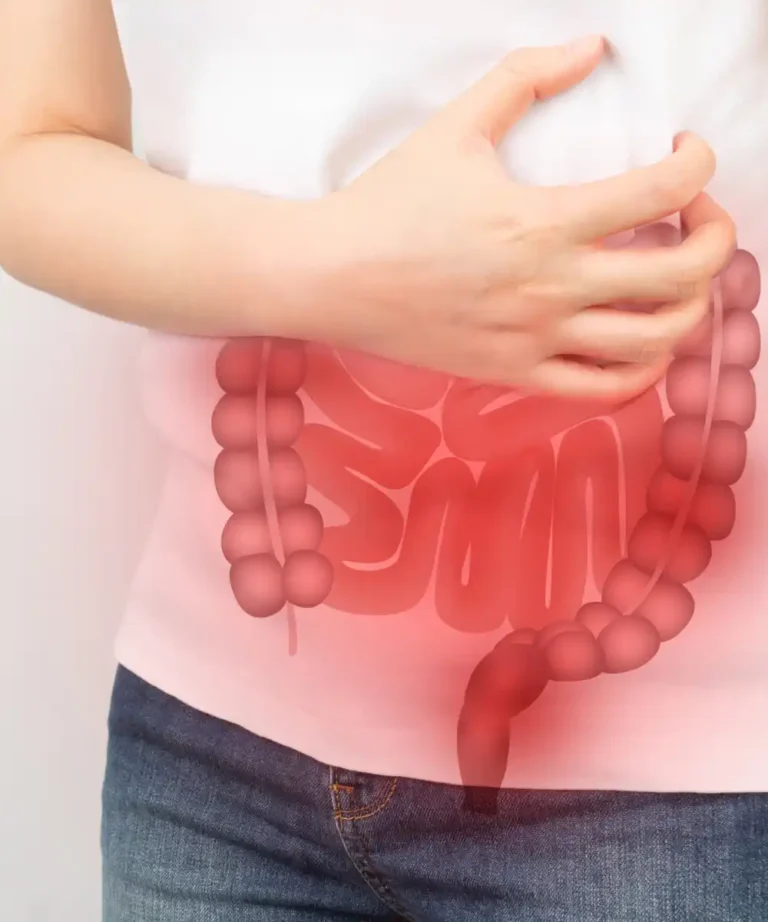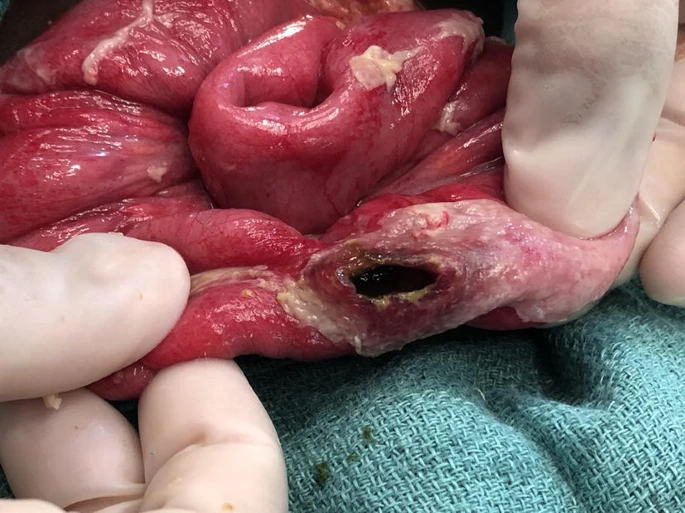Childhood jaundice is a common condition that affects many infants and young children. It is characterized by a yellowing of the skin and sclera of the eyes due to an accumulation of bilirubin in the body. In this article, we will provide an overview of childhood jaundice, including its causes, symptoms, and various treatment options available. Understanding this condition is crucial for parents and caregivers to ensure the well-being of their children.
Childhood Jaundice: An Overview
Childhood jaundice occurs when there is an excess of bilirubin in the bloodstream. Bilirubin is a yellow pigment produced during the breakdown of red blood cells. In healthy individuals, the liver processes and eliminates bilirubin from the body. However, in some cases, the liver may not be able to efficiently remove bilirubin, leading to its accumulation.
Causes of Childhood Jaundice
There are several potential causes of childhood jaundice. The most common cause is physiological jaundice, which occurs in the first few days of life as the baby’s liver is still developing. Other causes include infections, such as hepatitis or sepsis, blood disorders like hemolytic anemia, liver diseases, and certain genetic conditions.
Jaundice Symptoms in Children
The primary symptom of jaundice is the yellowing of the skin and whites of the eyes. This yellow discoloration, known as icterus, typically starts on the face and spreads to other parts of the body. Other signs to watch out for include dark urine, pale stools, fatigue, poor feeding, and weight loss. It is important to note that not all infants with jaundice will show symptoms, especially in cases of mild jaundice.
Diagnostic Tests for Childhood Jaundice
When jaundice is suspected in a child, healthcare professionals will perform a series of diagnostic tests to determine the underlying cause. Blood tests are commonly used to measure the levels of bilirubin and other liver function markers. Additional tests, such as an ultrasound or liver biopsy, may be conducted to assess the liver’s structure and function.
Treatment Options for Childhood Jaundice
The treatment of childhood jaundice depends on its underlying cause and severity. In cases of physiological jaundice, treatment may not be necessary, as the condition typically resolves on its own within a few weeks. Phototherapy, a treatment that uses special lights to break down bilirubin, is commonly used for more severe cases. In rare instances, when jaundice is caused by underlying liver or blood disorders, further interventions such as medications or surgeries may be required.
Phototherapy as a Treatment for Childhood Jaundice
Phototherapy is a commonly used treatment for childhood jaundice. This non-invasive treatment involves exposing the baby’s skin to special blue lights that help break down the excess bilirubin. The light waves are absorbed by the bilirubin in the skin, converting it into a form that can be easily excreted by the body.
The baby is placed under the lights, with protective eye coverings, for specific durations based on their bilirubin levels. Phototherapy is safe and effective, with minimal side effects such as temporary skin rashes or loose stools.
Exchange Transfusion for Severe Childhood Jaundice
In severe cases of childhood jaundice, where bilirubin levels are dangerously high, an exchange transfusion may be necessary. This procedure involves removing a small amount of the baby’s blood and replacing it with donor blood or a blood substitute. The purpose of an exchange transfusion is to rapidly decrease the bilirubin levels in the bloodstream.
This treatment is typically reserved for cases where phototherapy has not been effective or when there are concerns about potential complications. Exchange transfusions carry some risks, including infections and changes in blood pressure, which must be carefully monitored.
Medication Options for Treating Childhood Jaundice
In certain situations, medication may be prescribed to treat childhood jaundice. Phenobarbital is a commonly used medication that helps the liver process bilirubin more efficiently. It works by increasing the activity of certain liver enzymes responsible for breaking down bilirubin.
Phenobarbital is usually given orally and requires regular monitoring to ensure the correct dosage. Other medications, such as ursodeoxycholic acid, may also be used to promote the excretion of bilirubin. However, medication options are generally only considered when other treatments have not been effective or when there are underlying medical conditions contributing to jaundice.
Dietary Recommendations for Managing Childhood Jaundice
Dietary modifications can also play a role in managing childhood jaundice. Breastfeeding is generally encouraged for infants with jaundice, as it helps stimulate bowel movements and promotes the excretion of bilirubin. Frequent feedings, at least every two to three hours, can aid in preventing bilirubin buildup.
Additionally, providing adequate hydration is crucial to helping flush out bilirubin through urine. In some cases, a temporary switch to formula feeding may be recommended to ensure the baby receives adequate nutrition and hydration. However, it is important to consult with a healthcare provider to determine the best dietary approach for each case.
Monitoring and Follow-up Care for Childhood Jaundice
After initial treatment, regular monitoring and follow-up care are essential to ensure the successful management of childhood jaundice. Healthcare providers will monitor bilirubin levels to ensure they are decreasing and remain within a safe range. This may involve repeat blood tests and regular check-ups. Monitoring may also include assessing the baby’s growth, feeding patterns, and overall well-being.
Any concerns or changes in symptoms should be promptly reported to the healthcare provider. Follow-up care may involve additional treatments or adjustments to the existing treatment plan, depending on the individual’s response and progress.
Complications of Childhood Jaundice
Although childhood jaundice is generally considered harmless, in rare cases, it can lead to complications. These complications can be categorized into neurological complications and potential liver damage. Neurological complications occur when the levels of bilirubin in the blood become too high and affect the brain. On the other hand, potential liver damage refers to the impact of prolonged jaundice on the liver’s functioning.
- Neurological Complications of Childhood Jaundice: When bilirubin levels rise excessively, it can lead to a condition called kernicterus, which is characterized by brain damage. The high bilirubin levels can cross the blood-brain barrier and accumulate in the brain, resulting in neurological issues such as poor muscle tone, hearing loss, developmental delays, and even intellectual disabilities. In severe cases, it can lead to seizures, coma, and, in rare instances, death.
- Development of Gallstones: Another consequence of leaving jaundice untreated is the increased risk of developing gallstones. Jaundice can occur when there is a blockage in the bile ducts, which are responsible for carrying bile from the liver to the intestines. If the blockage is not addressed, it can lead to the formation of gallstones, which are hardened deposits that form in the gallbladder. Gallstones can cause intense abdominal pain, nausea, and vomiting. In severe cases, they can become lodged in the bile ducts, leading to a life-threatening condition called cholecystitis.
- Potential Liver Damage from Childhood Jaundice: While most cases of childhood jaundice do not cause significant liver damage, prolonged or severe jaundice can put a strain on the liver. The liver plays a crucial role in breaking down bilirubin and eliminating it from the body. When the liver is overwhelmed, it may lead to liver dysfunction, scarring, or even liver failure. This can have long-term consequences for the child’s overall health and well-being.
- Bilirubin Encephalopathy (A Severe Jaundice Complication): Bilirubin encephalopathy, also known as acute bilirubin encephalopathy or acute kernicterus, is a severe complication of childhood jaundice. It occurs when the high levels of bilirubin in the blood cause significant brain damage. Infants with this condition may exhibit symptoms such as high-pitched crying, poor feeding, arching of the back, and a stiff or limp body. Bilirubin encephalopathy requires immediate medical attention as it can lead to lifelong disabilities or even death if left untreated.
- Long-term Effects of Childhood Jaundice on Development: Childhood jaundice, particularly when associated with neurological complications, can have long-term effects on a child’s development. The brain damage caused by high bilirubin levels may result in cognitive impairments, learning difficulties, and delays in reaching developmental milestones. These effects can impact a child’s educational attainment, social interactions, and overall quality of life in the long run.
Managing and Treating Complications of Jaundice
The management and treatment of complications from jaundice depend on their severity. Mild cases of jaundice can often be managed through phototherapy, where the baby is exposed to special lights that help break down the excess bilirubin. In more severe cases, an exchange transfusion may be necessary to remove and replace the baby’s blood. Early detection and intervention are crucial in preventing or minimizing the complications associated with jaundice.
Preventing and Managing Jaundice in Newborns
While it may not always be possible to prevent Jaundice in Newborns, some steps can be taken to minimize its occurrence and manage the condition effectively. Ensuring proper prenatal care during pregnancy, including screening for blood type compatibility and infections, can help identify risk factors early on.
Prompt breastfeeding, regular feeding, and maintaining newborn body temperature are important in preventing dehydration and promoting the elimination of bilirubin.
Parents should also closely monitor their child’s feeding patterns, urine and stool output, and overall well-being. Regular follow-up visits with healthcare professionals can help in the early detection and management of childhood jaundice. It is crucial to seek medical attention if any concerning symptoms arise or if jaundice persists beyond the normal timeframe.
FAQs on Neonatal Jaundice
Is jaundice contagious?
Jaundice is not a contagious condition. It is important to dispel any misconceptions surrounding its transmission to support individuals suffering from jaundice and create a more understanding society. Remember, jaundice is merely a symptom indicating an underlying health issue. If you or someone you know is experiencing jaundice, it is crucial to consult a medical professional for an accurate diagnosis and appropriate treatment. Let’s promote awareness and ensure that those affected by jaundice receive the care and support they need.
Does vitamin D help with jaundice?
Vitamin D is a vital nutrient that plays a crucial role in several bodily functions, including bone health, immune system regulation, and cell growth. It is primarily obtained through exposure to sunlight and can also be found in certain foods and supplements. Recent studies have suggested that vitamin D may have potential benefits for individuals with jaundice.
One of the main reasons why vitamin D is thought to be beneficial for individuals with jaundice is its role in liver function. The liver is responsible for processing bilirubin, the substance that causes the yellowing of the skin in jaundice. Vitamin D has been shown to have anti-inflammatory properties and may help reduce liver inflammation, which could potentially aid in the clearance of bilirubin from the body.
Furthermore, vitamin D may also have an immunomodulatory effect, meaning it can regulate the immune response in the body. This can be particularly beneficial in cases where jaundice is caused by an immune-mediated condition, such as autoimmune hepatitis. By modulating the immune system, vitamin D may help reduce the severity of the underlying condition and alleviate the symptoms of jaundice.
While there is some evidence to suggest that vitamin D may have potential benefits for individuals with jaundice, it is important to note that further research is needed to establish a definitive link between the two. Many of the studies conducted thus far have been small-scale or have focused on specific subgroups of individuals, such as infants with jaundice.
Can norovirus cause jaundice?
While norovirus is primarily associated with gastrointestinal symptoms, there have been reports suggesting a connection between norovirus infection and the development of jaundice. Several studies have documented cases where individuals infected with norovirus experienced jaundice as a symptom, indicating a potential link between the two. However, it is important to note that norovirus-induced jaundice appears to be a rare occurrence, and most norovirus infections do not result in this complication.
Several factors could contribute to the development of jaundice in norovirus-infected individuals. The virus can cause inflammation and damage to the liver cells, leading to impaired liver function and subsequently elevated bilirubin levels. Additionally, norovirus infection can weaken the immune system, making individuals more susceptible to other liver diseases that can cause jaundice. However, further research is needed to fully understand the mechanisms underlying this potential association.
Do vitamin D drops help with jaundice?
While vitamin D may hold promise as a potential adjunct treatment for jaundice, more research is needed to fully understand its benefits and the optimal dosage for different individuals. It is always best to consult with a healthcare professional for personalized advice and guidance in managing jaundice and any underlying conditions.
What happens if jaundice is left untreated?
Jaundice should never be left untreated, as it can result in a range of complications and consequences that can have a detrimental impact on a person’s health. Seeking timely medical attention and addressing the underlying cause of jaundice is crucial to preventing the progression of liver damage, the development of gallstones, and impaired brain function. If you or someone you know is experiencing symptoms of jaundice, such as yellowing of the skin and eyes, it is essential to consult a healthcare professional for an accurate diagnosis and appropriate treatment. Taking proactive steps to manage and treat jaundice can significantly improve outcomes and prevent long-term complications.
Conclusion
Jaundice in children is a relatively common condition, but understanding its causes, symptoms, and treatment options is essential for parents and caregivers. While most cases of childhood jaundice are harmless and resolve on their own, it is crucial to be vigilant and seek medical advice if symptoms worsen or persist. With proper medical care and management, childhood jaundice can be effectively treated, ensuring the well-being and health of our little ones.
Childhood jaundice is a common condition that can usually be managed successfully with appropriate treatment and care. Phototherapy, exchange transfusions, medication options, dietary modifications, and regular monitoring are all important aspects of the treatment approach. The specific treatment plan for childhood jaundice will depend on the severity of the condition, underlying causes, and the individual needs of each child.
With timely intervention and appropriate medical support, the outlook for children with jaundice is generally favorable, and the risk of complications can be minimized. Parents and caregivers must work closely with healthcare providers to ensure the best possible outcomes for children with this condition.



